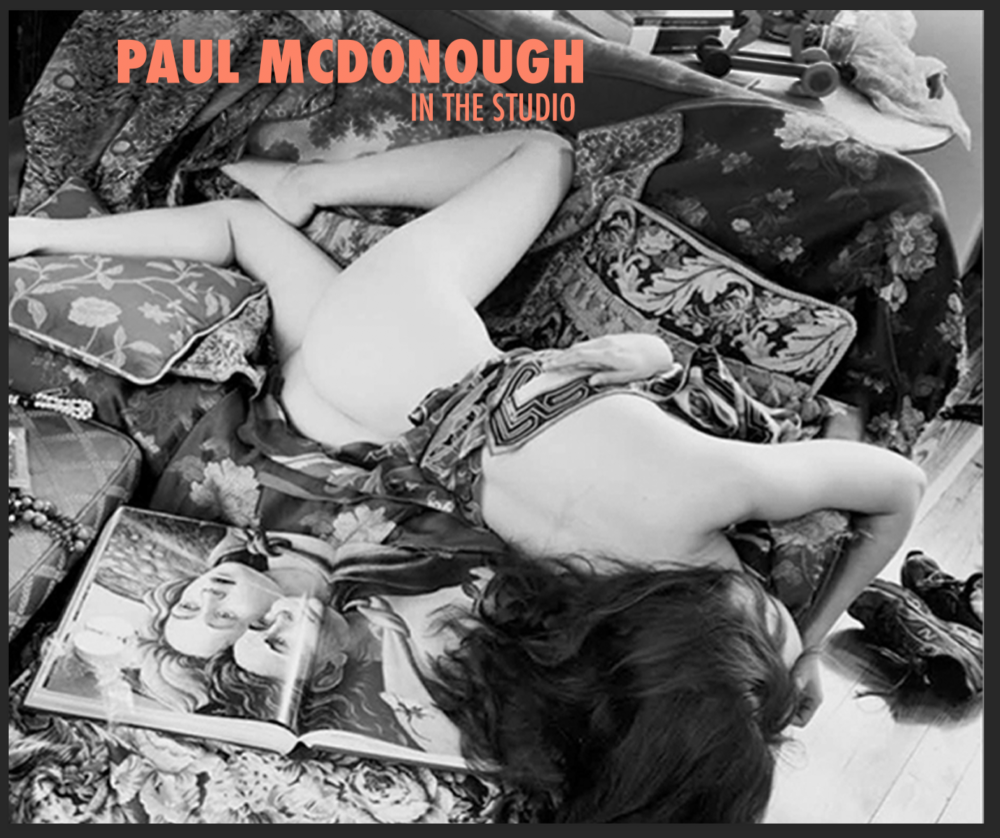

I started photographing nudes in the late 1970s and they were a subject I returned to sporadical-ly throughout the years. I was drawn to the subject because it was a time-honored tradition in Western art. And I was trained as an artist, studying drawing and painting with Nathan Goldstein at the New England School of Art in Boston. But it wasn’t until 2004 when I built a studio onto the top floor of my Brooklyn house that my interest in the nude expanded. While making work in the 1970s, 1980s and 1990s, I used what was available as a background. The figures appeared in simple interiors, sometimes standing, or posed on beds, chairs or sofas. The shadows were strong and dramatic. I did little to alter the settings and I depended on the natural light that the daytime granted me. Once I had the studio, however, I was able to work in a different way. I could leave things in place after a session, allowing them to accumulate. The studio became a sanctuary separate from my daily life, a realm all its own. There was a glazed teapot I bought at a flea market for two dollars, bowls of fruit, both plaster and real, vases of flowers, my children’s toys, figurines of people and animals. I began to collect fabrics I liked as well as articles of clothing—patterned, shiny, diaphanous, sparkly, lacy. I invited our various dogs—all Pomeranians—into the studio as well. They made good models. I also began to incorporate larger objects, like mir-rors, because of the way the light bounced off their surfaces, and how they expanded the con-fined space through their reflections. In addition, I started including reproductions from the art history books I collected and revered, as well as images I had gathered from the world of advertising—mostly woman’s fac-es, or parts of faces. The backdrops were no longer ancillary but had assumed center stage. The role of the nude figure evolved in my work from being the subject within a space to being a subject within a subject—the studio and the myriad objects that populated it. I took most of the black and white photographs with a 4” x 5” tripod camera, which allowed me to capture sharp detail, a full tonal range as well the nuanced changes of seasonal light. The color photographs were taken with an iPhone. Although I was initially wary, I found myself surprised—and delight-ed—by the results I was able to achieve with it. And although I had also worked in charcoal and pencil over the years, the drawings contained here are all done with pen and ink. Over the years the studio has been a place in which I can gather and reflect upon any-thing that catches my eye, and incorporate these elements into the photographs. I also continue to draw these models in pen, in pencil and in charcoal, never fully letting go of my past training as a painter. It now seems only seems natural that the studio became my canvas. -Paul McDonough